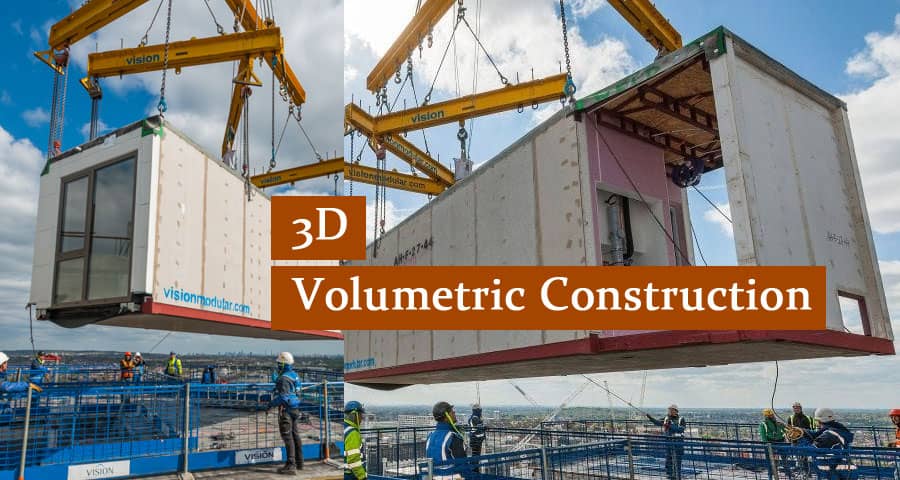Unveiling the Revolution: 3D Volumetric Construction

Embracing the Future of Construction
In an era defined by rapid technological advancement, the realm of construction is not exempt from innovation. 3D Volumetric Construction stands at the forefront of this revolution, promising to reshape the way we conceptualize, design, and erect structures. Unlike traditional construction methods, which rely heavily on manual labor and time-consuming processes, 3D Volumetric Construction leverages cutting-edge technology to streamline every phase of the building process.
Understanding 3D Volumetric Construction
What is 3D Volumetric Construction?
3D Volumetric Construction entails the creation of building components off-site in a controlled environment, using advanced manufacturing techniques. These components, known as volumetric modules, are meticulously crafted to precise specifications before being transported to the construction site for assembly. By prefabricating elements such as walls, floors, and ceilings, 3D Volumetric Construction minimizes on-site labor requirements and accelerates project timelines.
The Advantages of 3D Volumetric Construction
- Efficiency and Speed: With 3D Volumetric Construction, projects can be completed in significantly shorter timeframes compared to traditional methods. By prefabricating building components in a factory setting, construction timelines are expedited, allowing for quicker occupancy and reduced overhead costs.
- Quality Control: The controlled environment of a manufacturing facility ensures stringent quality control measures are upheld throughout the production process. Each volumetric module undergoes rigorous testing and inspection, guaranteeing superior structural integrity and consistency across all components.
- Sustainability: 3D Volumetric Construction promotes sustainability by minimizing waste and maximizing resource efficiency. By optimizing material usage and reducing transportation requirements, this method aligns with eco-friendly principles, making it a compelling choice for environmentally conscious projects.
Applications of 3D Volumetric Construction
- Residential Construction: In the realm of residential construction, 3D Volumetric Construction offers unparalleled efficiency and customization options. From single-family homes to multi-unit developments, prefabricated modules can be tailored to meet the unique requirements of each project, providing homeowners with bespoke living spaces in record time.
- Commercial Buildings: For commercial developments, time is of the essence. 3D Volumetric Construction enables rapid deployment of office buildings, retail spaces, and hospitality establishments, allowing businesses to capitalize on market opportunities without protracted construction schedules. Furthermore, the flexibility of modular design facilitates seamless integration of specialized features and amenities, enhancing the overall functionality and appeal of commercial properties.
- Infrastructure Projects: The versatility of 3D Volumetric Construction extends beyond traditional building structures to encompass infrastructure projects such as bridges, tunnels, and transportation hubs. By prefabricating critical components off-site, engineers can expedite construction schedules and minimize disruption to existing infrastructure networks, ensuring timely completion and optimal utilization of public resources.
Conclusion: Embracing the Future Today
As we stand on the precipice of a new era in construction, 3D Volumetric Construction beckons us to embrace innovation and reimagine the built environment. With its myriad benefits ranging from enhanced efficiency to sustainable practices, this transformative approach promises to redefine the way we build, shape, and inhabit the world around us.
